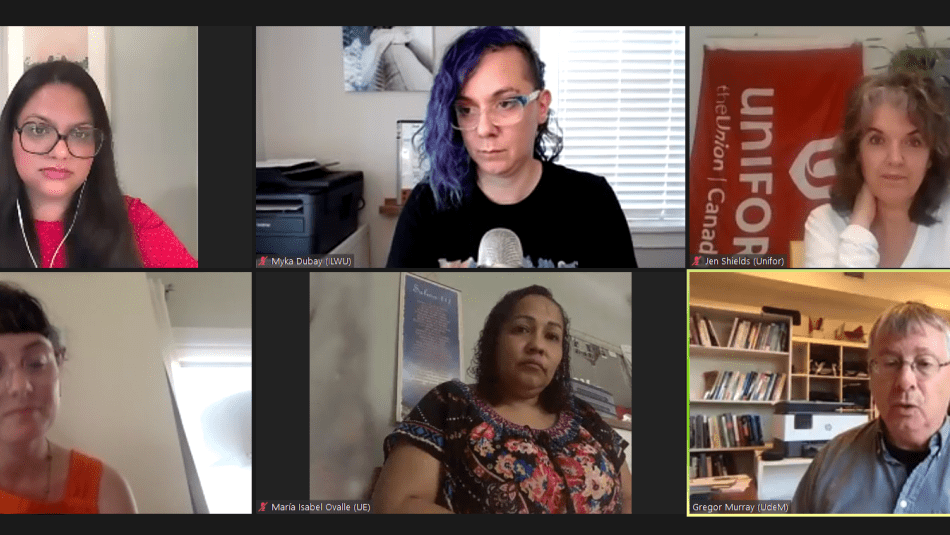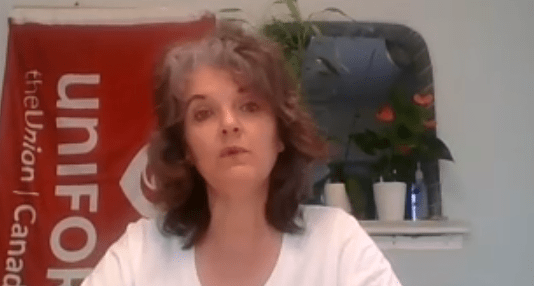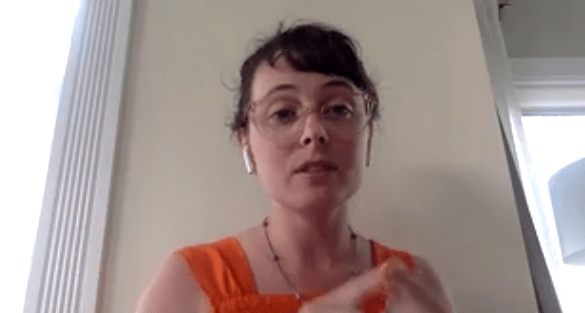
Share
The pandemic proved to be all about profits over people.
In its final event Wednesday evening in a series of seven webinars that began in March, the North American Solidarity Project, an alliance to transform the labour movement in Canada, the U.S. and Mexico, brought together a panel of workers to share their experiences building union and worker power and the lessons they learned during COVID-19.
But first, moderator Puneet Maharaj from National Nurses United began the webinar by acknowledging the terror attack in London, Ont. this week that killed a Muslim family and left a nine-year-old fighting for his life in hospital.
“We start this webinar by sharing so much love and solidarity with Muslim communities across North America. Islamophobia and anti-Muslim hate have no place here,” she said.
The panel of four all agreed on one thing: “We’re in this together” was far from the reality of countless working-class people during the pandemic, who had to endure forced evictions, lack of paid sick days, no access to life-saving personal protective equipment and were faced with preventable deaths.
Jen Shields, a special needs education assistant in Calgary from Unifor Local 1990, described how the many cutbacks in education became magnified during COVID-19. In Alberta, 16,000 education workers laid off, 1,500 from her Local.She said with the cold snaps of -30C Alberta weather, educators couldn’t take kids outside and even though it was shown that transmission of the COVID-19 virus spread easier indoors, workers were not outfitted with proper PPE, but were still expected to teach in-class, oftentimes coming face-to-face with students who would lash out violently.
“The classroom we went back to was and still is, arguably, an unsafe work environment due to the pandemic,” said Shields, who is part of Unifor’s Western Regional Political Action Committee.
“The pandemic has really exposed a lot of gaps with service, particularly around special needs students. We didn’t have substitute teachers to keep things going.”
Megan Svoboda, of the Emergency Workers’ Organizing Committee – a joint project of the United Electrical, Radio and Machine Workers of America and Democratic Socialists of America – recalled several fights they took on, including a Taco Bell restaurant in Detroit in April 2020.“Their boss wasn’t giving them PPE and they were only starting to figure out social distancing and weren’t getting hazard pay,” she said. “Worker thought it was unfair. That it was dangerous for them and for their families, but that they also knew they needed this job.”
Those workers joined with an organizer who walked them through how to build an organizing committee, how to have conversations of unionizing with co-workers, identify their main issues of concern and how to walk it to their boss.
“The owner responded by giving them back pay, hazard pay and extending that hazard pay for six months,” she said. “These workers had organized in the past and I think in this moment, they were able to come together and show their power.”
Shields noted the Conservative government tried to break unions and undermine workers by not funding the growth of students, trickling the pressure down to existing education staff.
“The pandemic has really exposed the gaps between the haves and the have-nots,” she said. “Having strong unions has never been more critical.”
Shields noted COVID-19 has also opened lines of communication and chatter from different sectors with one another – from health care to education to construction.
“We are really starting to wake to be organized and to have solidarity,” she said. “It’s such an important move for unions coming out of the pandemic to really reach across the lines with other professions and other communities.”




